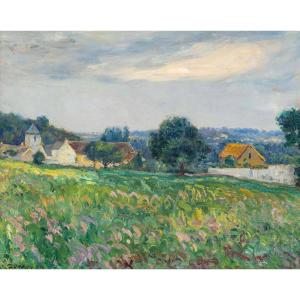David Widhopff gives us here a bucolic landscape with a post-impressionist touch. Spring flowers add a few colorful touches to the tender green of the fields.
Oil on panel Signed and dated 1908 lower left.
Dimensions: 32 x 41 cm
With frame: 48 x 55.5 cm
Biography: born in Odessa (Russian Empire) and died in Saint-Clair-sur-Epte (Val-d'Oise) is a landscape painter, still life, French poster artist, illustrator and caricaturist of Ukrainian origin. A graduate of the Imperial Academy in Odessa, David Widhopff left for Munich where he entered the Royal Academy in the class of Johann Caspar Herterich. Coming to Paris in 1887, he entered the Académie Julian where he was a student of Tony Robert-Fleury and Jules Joseph Lefebvre. He exhibited at the Salons of 1888, 1891 and 1893. He traveled to Brazil and founded a school of Fine Arts in the state of Pará. Back in Paris, he lived in Montmartre and became friends with Alfonse Mucha and Léon Deschamps, director of the magazine La Plume where he published charged portraits. He also met Hugues Delorme and Jules Roques at Courrier français, from which a fruitful collaboration was born for the illustration of the weekly in the company of Willette, among others. He became the main supplier of drawings and portraits of personalities from the arts and entertainment from 1896. He also collaborated on the magazine L'Assiette au Beurre, in Cocorico and that of Ogoniok in Saint Petersburg. Cartoonist, portraitist of the world of literature, theater and circus, he is in the same vein as Jean-Louis Forain and Steinlen. He created tapestry cartoons for Gobelins and Beauvais. He also painted landscapes of Normandy, Touraine and Provence, as well as street scenes and interior portraits with a very contrasting palette and increasingly stylized, and exhibited them at the Salon des Indépendants, at the Salon d' autumn and at the Salon des Tuileries. He illustrated the Breton Stories and Legends (1900) by Théodore Botrel.
Book illustrations
• Louis Latourrette, Immolated Heart. Unpublished contemporary novel, two lithographs, Paris, La Librairie parisienne, 1898.
• Théodore Botrel, Contes du Lit-Clos followed by Chansons à dire. Breton stories and legends, with twenty lithographs, Paris, Georges Ondet, 1900.
• Paul Brulat, The Adventure of Cabassou, Paris, Pierre Douville, 1905.
• Georges d'Esparbès, The Iron Breaker, Paris, Louis Michaud, 1908
• Paul Brulat, La Gangue, Paris, Albin Michel, 1909.
• Jeanne Landre, Échalote Continue. Novel of Montmartre manners, Paris, Louis Michaud, 1910.
• Abel Hermant, Memories of the Vicomte de Courpière by a witness, preface by Léon Blum, Paris, Louis Michaud, 1910.
• Louis Artus, Le Petit Dieu [theater], Paris, La Petite Illustration, 1910.
• Jean Ott, The three hunchbacks. Fabliau in 1 act, in verse, after the trouvère Durand de Douai, Paris, Edition de l'hexagramme, 1911.
• Jean-José Frappa, Dernierheure, play in four acts, 1912.
Museums
• Paris, Louvre museum : drawing on purple ink paper, dedicated to Isaac Pavlovsky, representing a couple of Russian peasants walking in the countryside.
• La Roche-sur-Yon, municipal museum: Russian dance
• Limoges, Museum of Fine Arts:










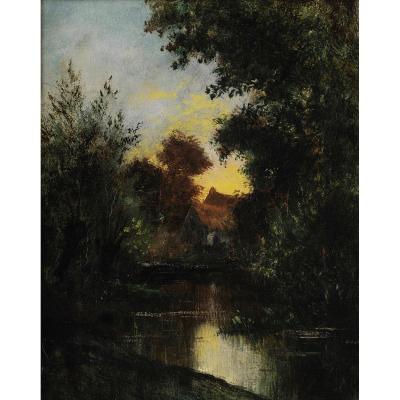
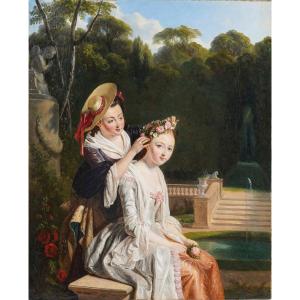



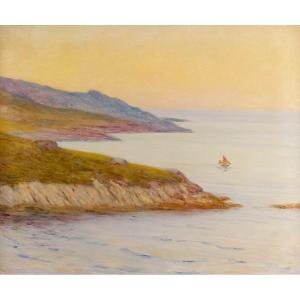
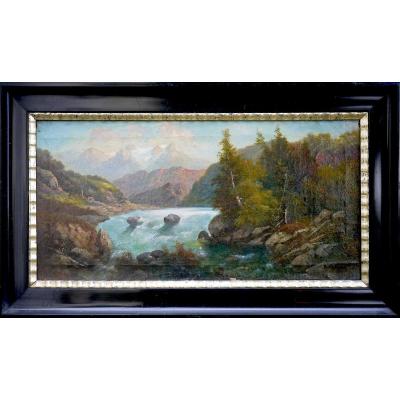

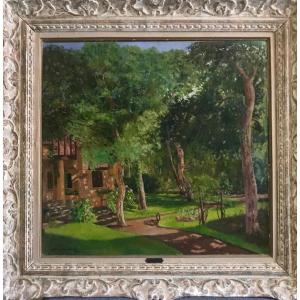
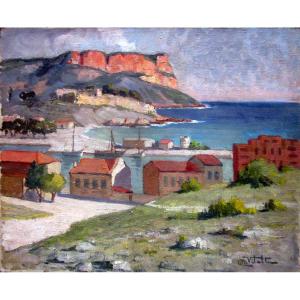
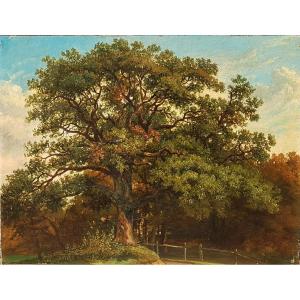
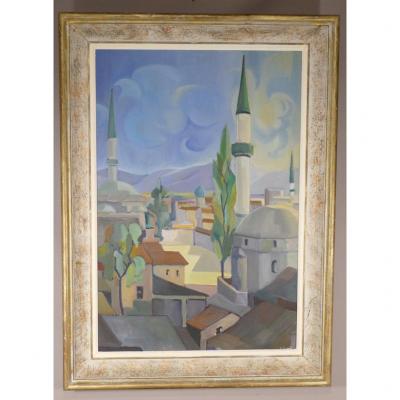



 Le Magazine de PROANTIC
Le Magazine de PROANTIC TRÉSORS Magazine
TRÉSORS Magazine Rivista Artiquariato
Rivista Artiquariato
